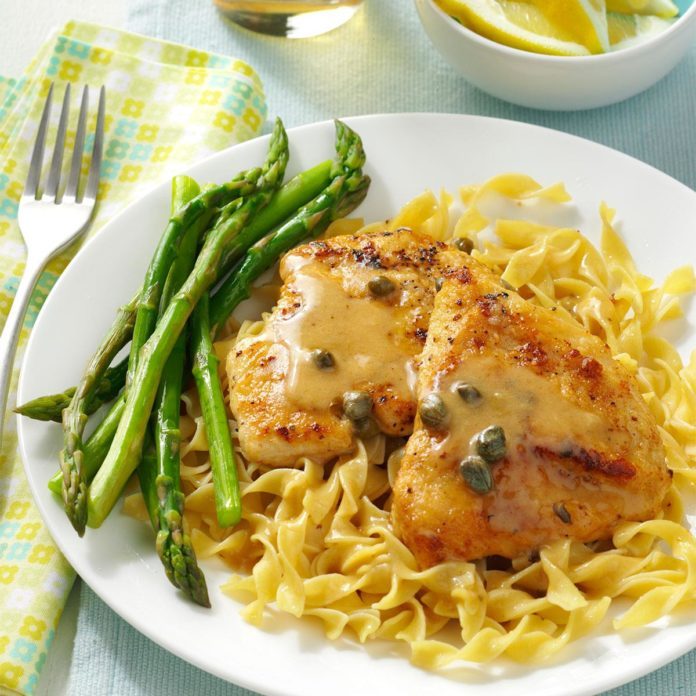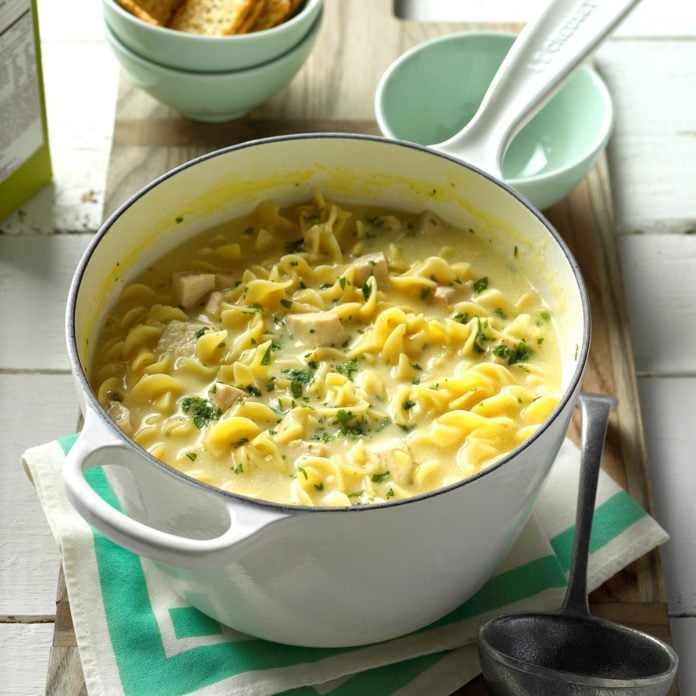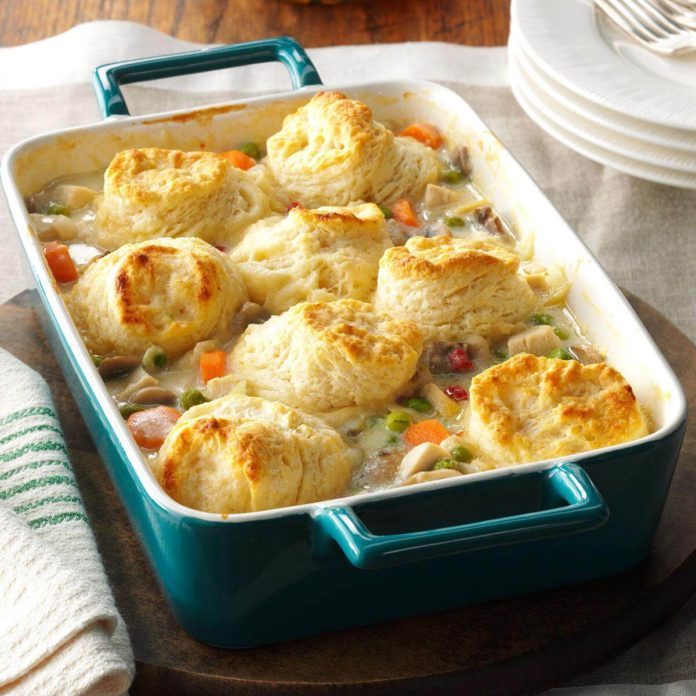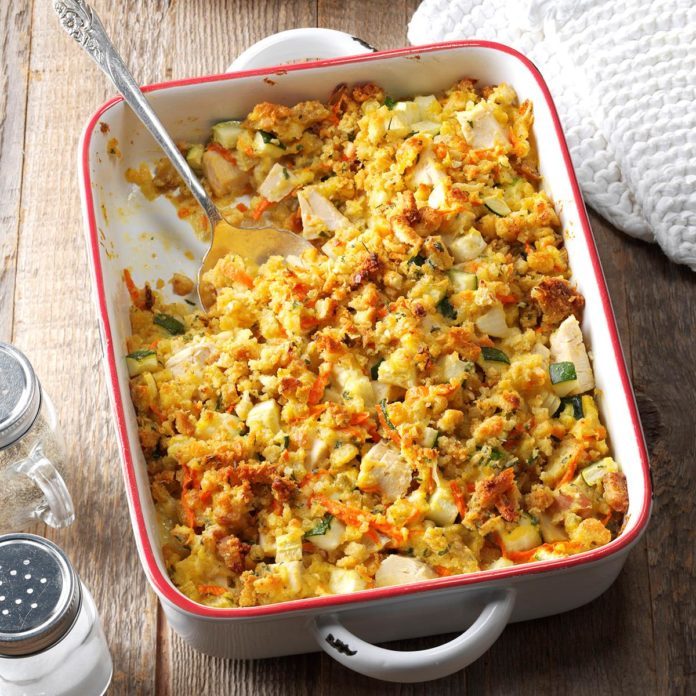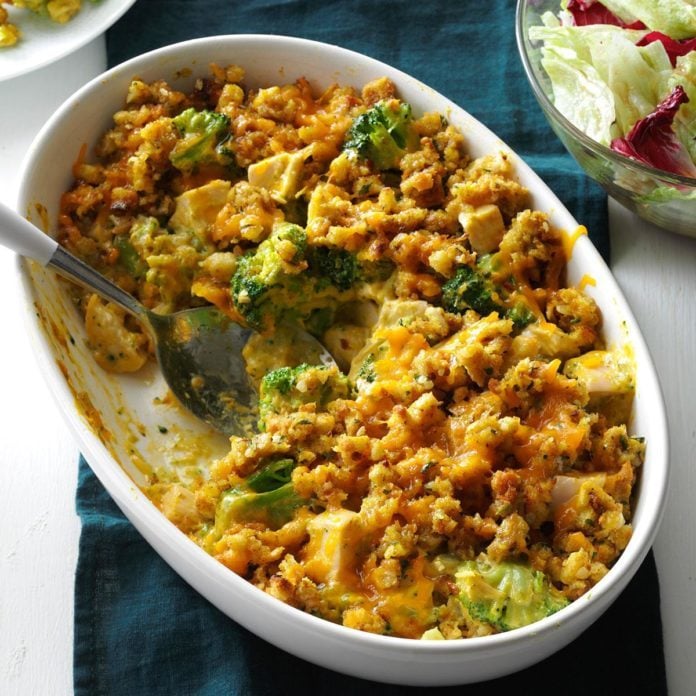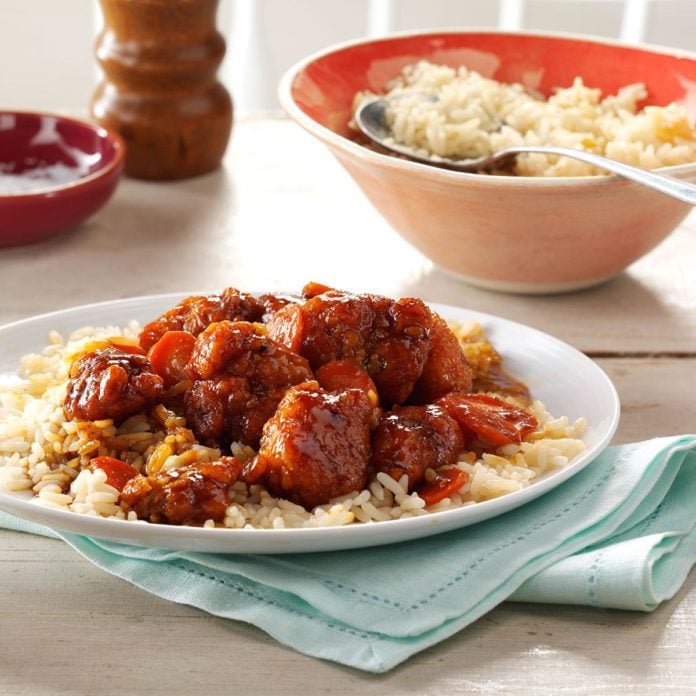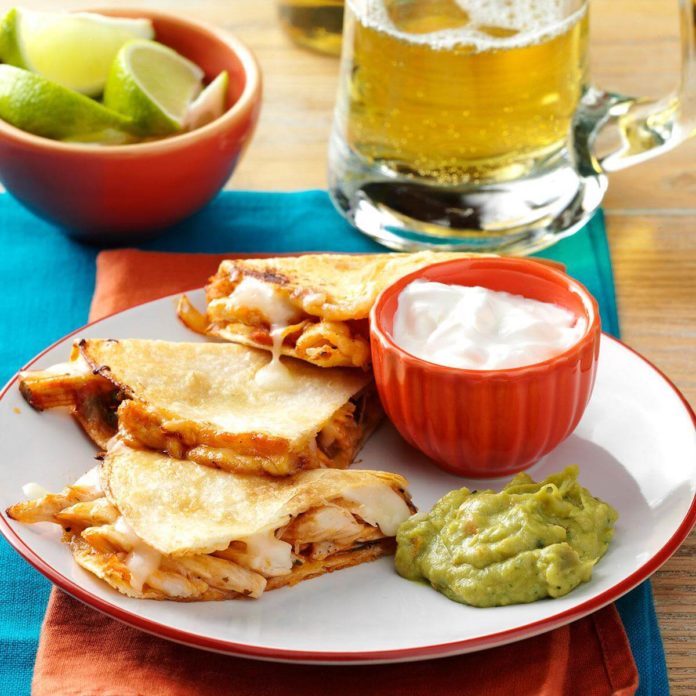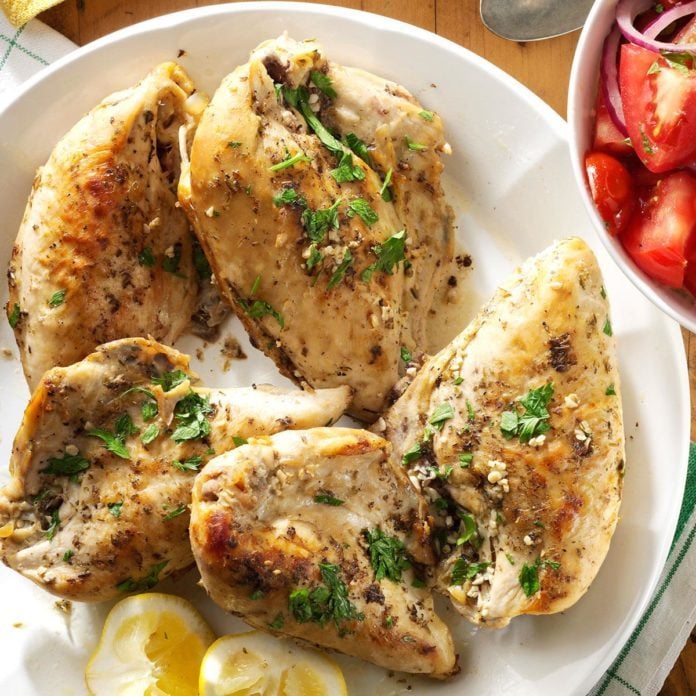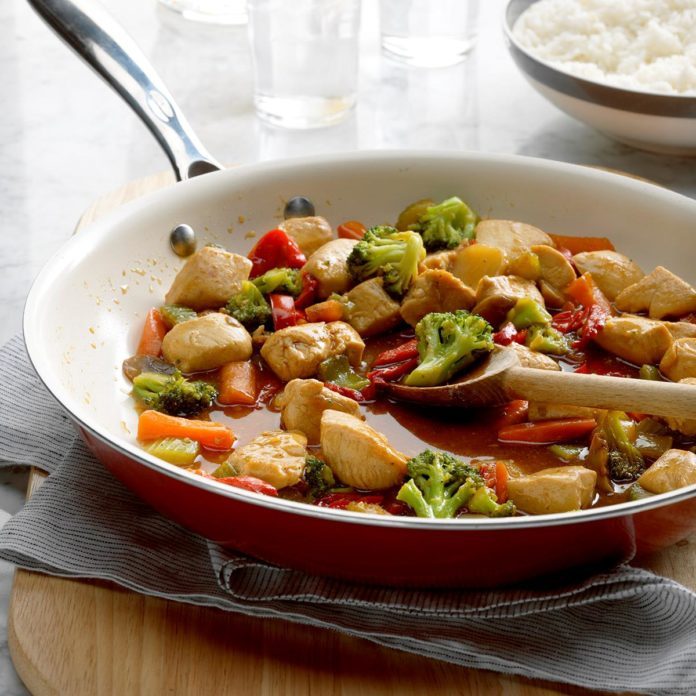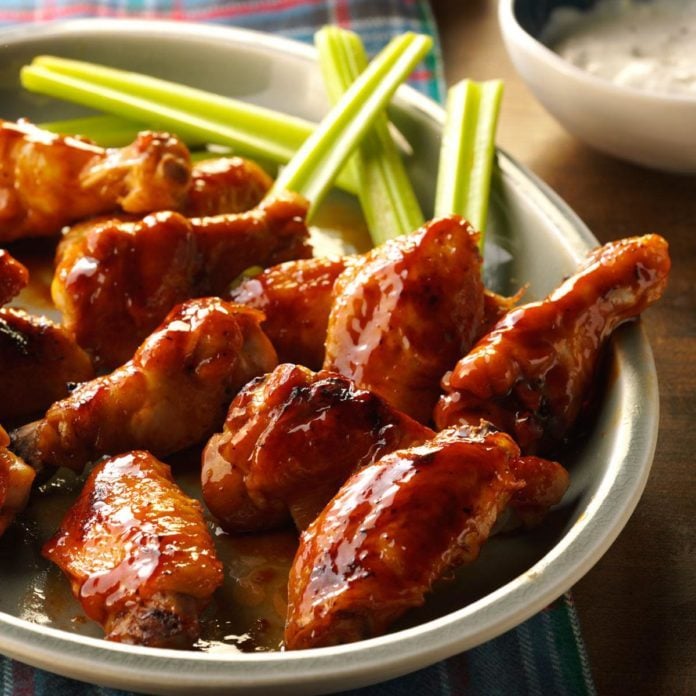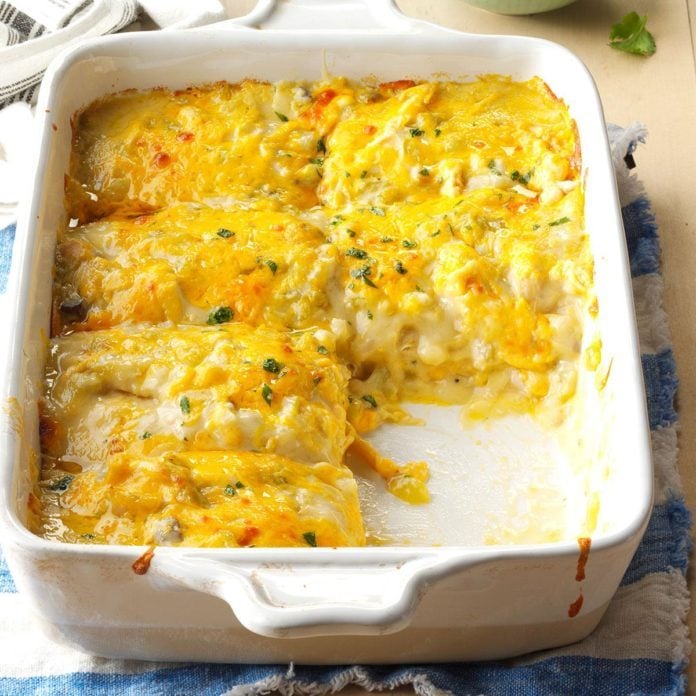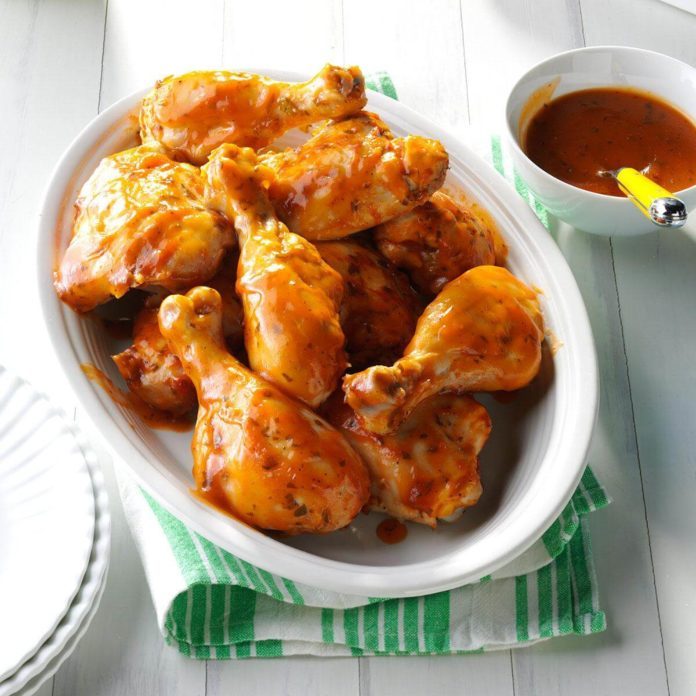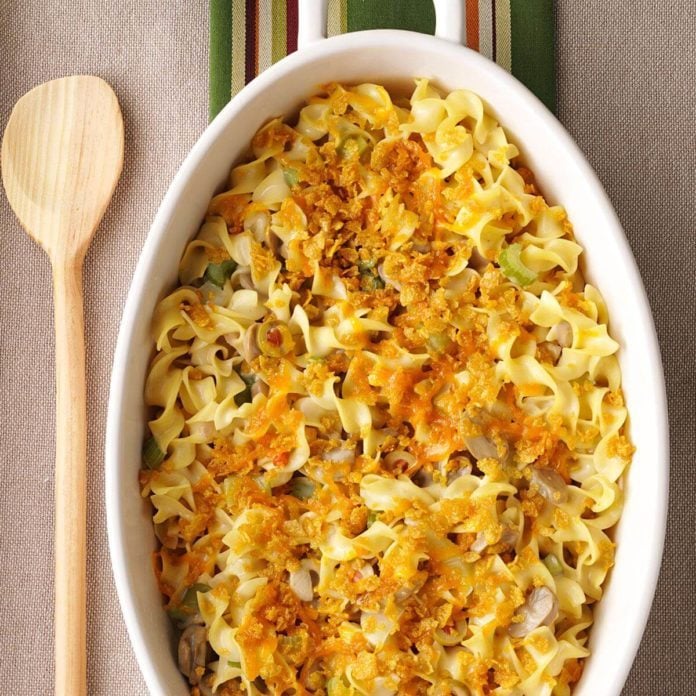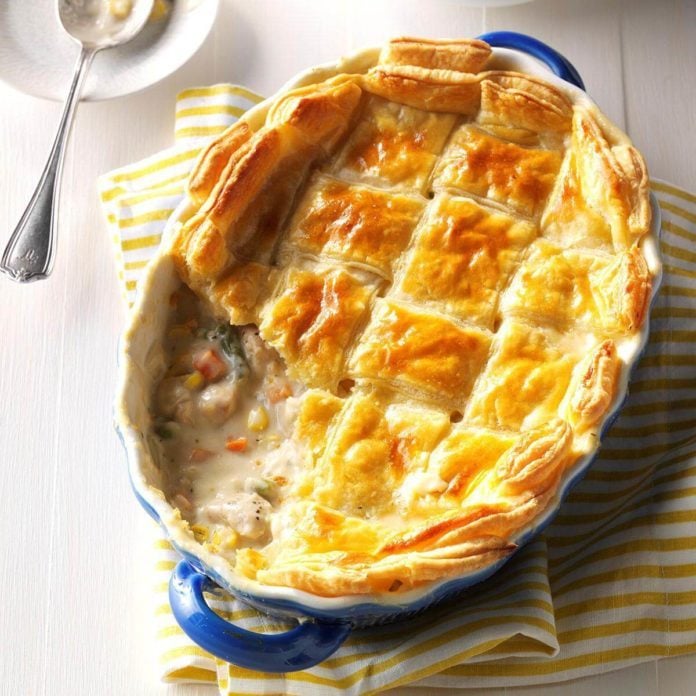I’m sure I’m not alone in my quest to make healthier choices. I’ve started buying organic produce whenever possible (especially those on the “dirty dozen” list) and choosing sustainable meats. They may be more expensive, but you can keep dinner affordable by bulking up the vegetable and starch portions of the plate. The biggest problem I’ve encountered while making these changes is that feeling of decision paralysis.
As soon as I see all those chicken labels, I freeze up. I mean, when you’re confronted with so many options—organic, antibiotic- or hormone-free, air-chilled, natural—how are you supposed to know the best chicken to buy?
The Most Common Terms, Defined
It turns out some of these terms do indicate a level of quality, but many of them are throw-away marketing terms. Let’s break them down to help you pick the best option for making a perfect roast chicken.
Organic
If you want to keep things simple, buy organic chicken. These birds are fed USDA-certified organic feed, so they’re free of any pesticides, synthetic fertilizers, additives or animal by-products. They also meet the “free-range” criteria—meaning they have access to the outdoors. What this label doesn’t tell you is anything about the welfare standards and living conditions of the chicken. If you have the opportunity to meet your farmer, that’s always best.
Air-Chilled
It’s all about air-chilled chicken! After processing a chicken, you have to cool it down as quickly as possible. Some facilities dunk their birds into cold water, which is effective but can water-log and dilute the poultry’s flavor. Air-chilled chicken is cooled using cold air, reducing the chicken’s temperature without introducing any extra water.
These chickens are especially tasty for making smoky grilled chicken, as smoke adheres better to dry chicken skin.
Antibiotic- or Hormone-Free
Antibiotics are great when you’re sick, but you wouldn’t want to take them to kill bacteria and ward off disease. It’s the same for animals: Using them on healthy animals can contribute to antibiotic resistance. Buying antibiotic-free chickens is a great way to guarantee that farmers aren’t using the pills as a magic disease-prevention method.
While antibiotic-free labels do tell us something, hormone-free labeling is all about marketing. The USDA prohibits the use of hormones in all poultry, so hormone-free applies to every chicken! Putting the label on the chicken doesn’t exactly set any one type of bird apart.
Natural
Here’s another one that doesn’t mean too much, but it’s one of the most widely-used terms when it comes to commercial poultry. It doesn’t distinguish any specific living conditions, treatment of the animals nor quality (or type) of feed. All it specifies is that no additives or preservatives were introduced after processing.
Funny enough, sodium solutions and broths can still be added to plump-up “natural” chickens, so take a close look at the ingredients label if you’re buying one of these chickens.
Free-Range
This one is a USDA-regulated term, but it only means the chickens are granted access to the outdoors. It doesn’t guarantee they’re pasture-raised or that they’re allowed to roam free—just because there is a door in the coop doesn’t mean they’ll actually use it! In the end, this term doesn’t tell us too much about the life of the chicken.
Farm-Raised
This term means even less than “natural.” It’s an unregulated label, so anyone can slap it on their chicken at any time. Don’t trust this one unless you actually know your farmer.
Pasture-Raised
While pasture-raised is an unregulated term, it does tell us a lot about the life of the chicken. Humane Farm Animal Care (HFAC) defines pasture-raised as chickens who live outdoors year-round with access to housing to go inside at night. They must also have 2.5 acres of roaming ground per 1,000 birds. Knowing your farmer is the best way to guarantee that they’re actually following the practices defined here.
Certified Humane Raised and Handled
This is one of the few labels that defines living conditions and welfare standards for raising chickens. Certified Humane birds meet precise standards for humane treatment of animals including access to nutritious feed, engaging in natural behaviors, housing design and considerate processing practices. If you buy a bird with this label, you can be pretty sure it lived a happy life.
The Bottom Line
At the end of the day, the most important thing to look for on the label is the word “enhanced.” If the packaging contains this word, or you see anything on the ingredients label other than chicken or water, put it back and make another choice. These chickens are injected with a sodium solution or chicken broth to plump them up. You’re not only adding unnecessary salts to your diet, but you’re also paying for water weight!
If you can afford Certified Humane chickens, that’s probably your best bet. Otherwise, look for organic, air-chilled chickens for the tastiest option.
Easy Chicken Piccata
Favorite Chicken Potpie
Comforting Chicken Noodle Soup
Crispy Fried Chicken
Buffalo Chicken Dip
Flavorful Chicken Fajitas
Chicken Potpie Casserole
Country Chicken with Gravy
Chicken Burrito Skillet
White Bean Chicken Chili
Pan-Roasted Chicken and Vegetables
Hearty Chicken Spaghetti Casserole
Chicken Zucchini Casserole
Baked Chicken Fajitas
Contest-Winning Broccoli Chicken Casserole
Grilled Huli Huli Chicken
Chicken Provolone
Crispy Orange Chicken
Baked Mushroom Chicken
Chicken and Dumplings
Creamy Chicken Enchiladas
Teriyaki Chicken Thighs
Chicken Enchilada Bake
Spinach and Mushroom Smothered Chicken
Chicken Piccata with Lemon Sauce
Chicken Quesadillas
The Ultimate Chicken Noodle Soup
Chicken Noodle Casserole
Black Bean Chicken with Rice
Chicken Potpie Soup
Quick Chicken Piccata
Chicken Tater Bake
Slow-Cooked Lemon Chicken
Honey Chicken Stir-Fry
Glazed Chicken Wings
Chicken Tortilla Bake
Contest-Winning Chicken with Mushroom Sauce
The Best Chicken & Dumplings
Contest-Winning Chicken Cacciatore
Lemon Cream Chicken
Slow-Cooker BBQ Chicken
Best-Ever Fried Chicken
Roasted Chicken with Rosemary
Grilled Brown Sugar-Mustard Chicken
Slow-Cooked Chicken a La King
Contest-Winning Chicken Wild Rice Casserole
Chicken Casserole
Puff Pastry Chicken Potpie
Cold-Day Chicken Noodle Soup
Filipino Chicken Adobo
The post This Is How to Read Labels so You Buy the Best Chicken appeared first on Taste of Home.
Lindsay D. Mattison
